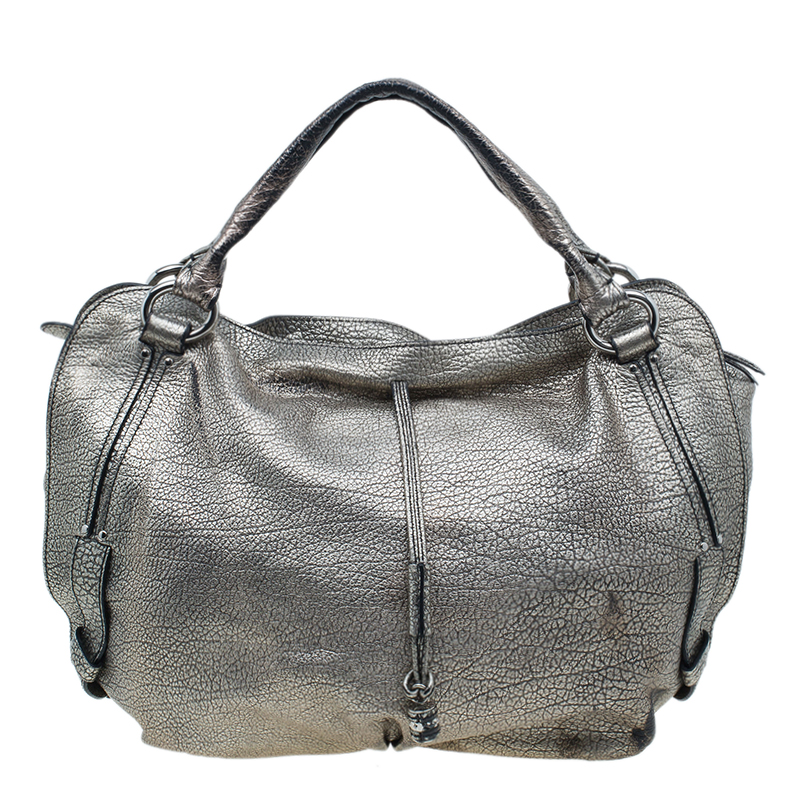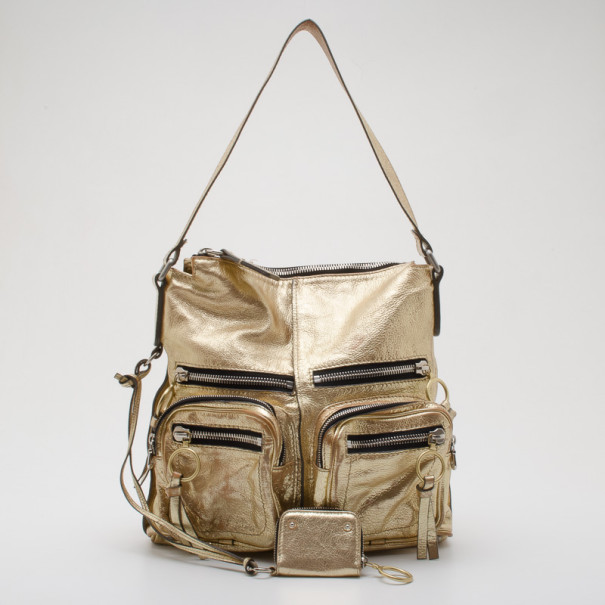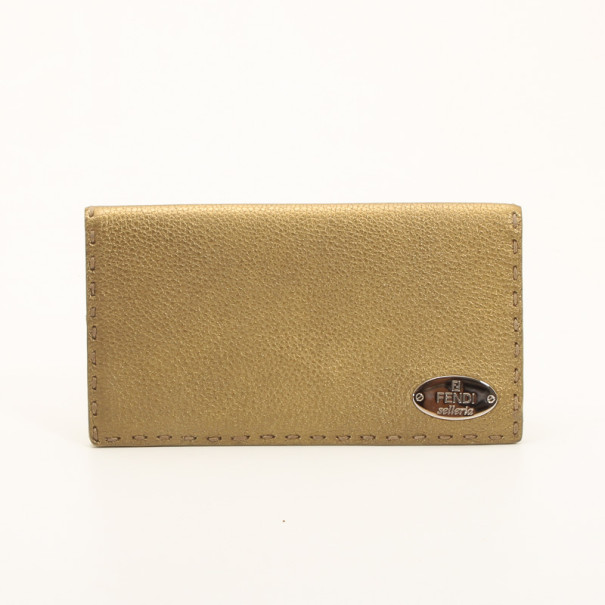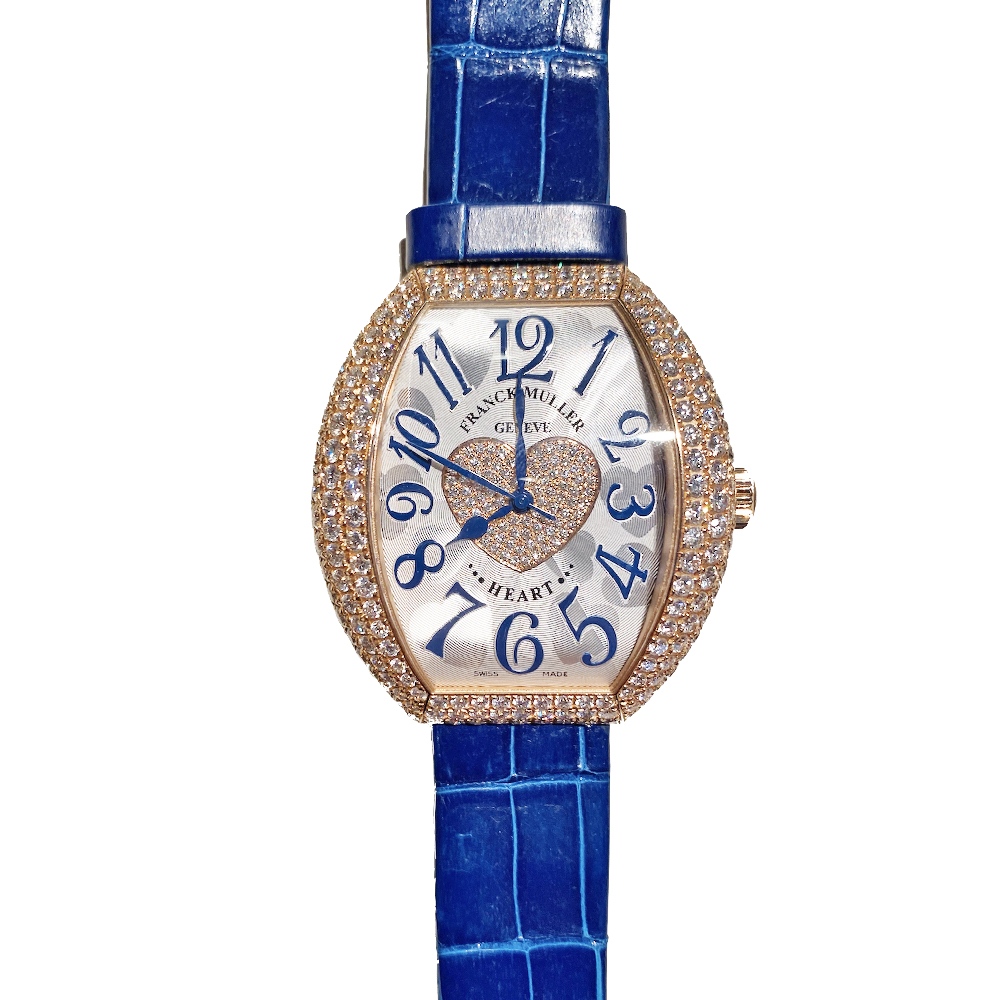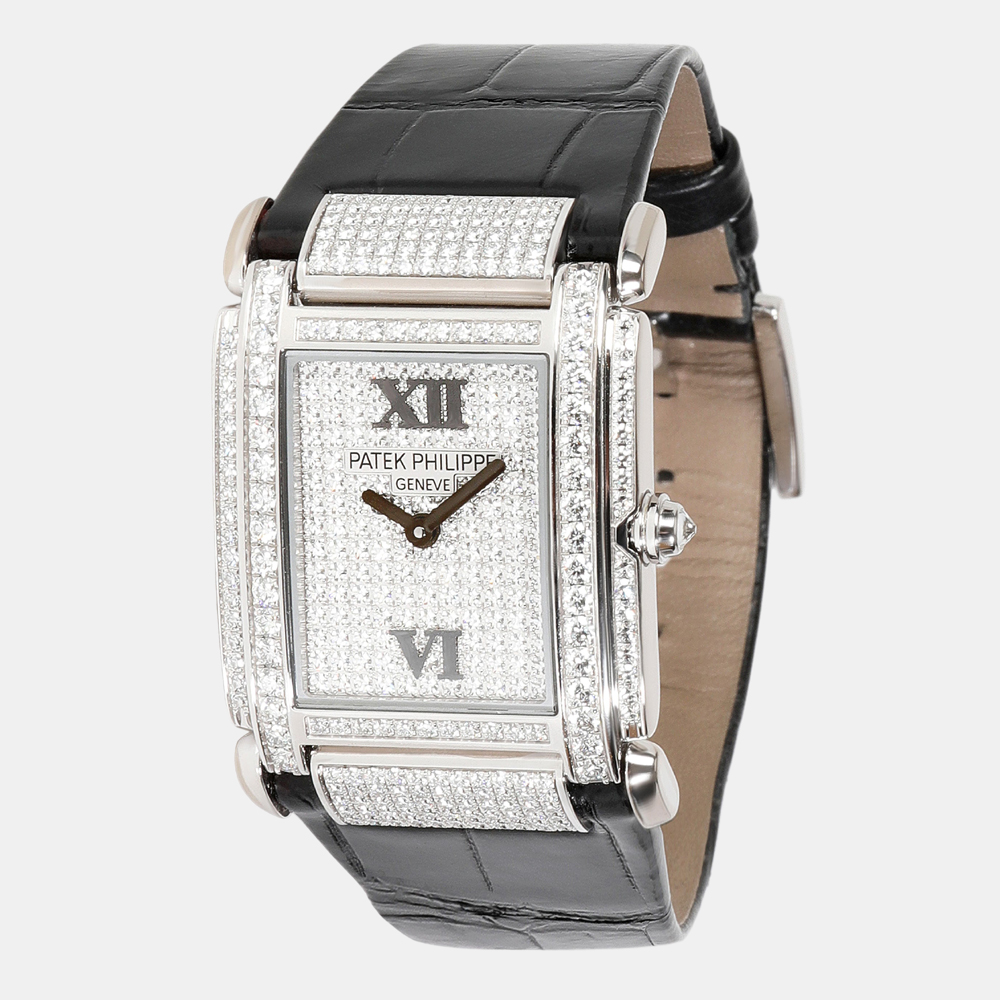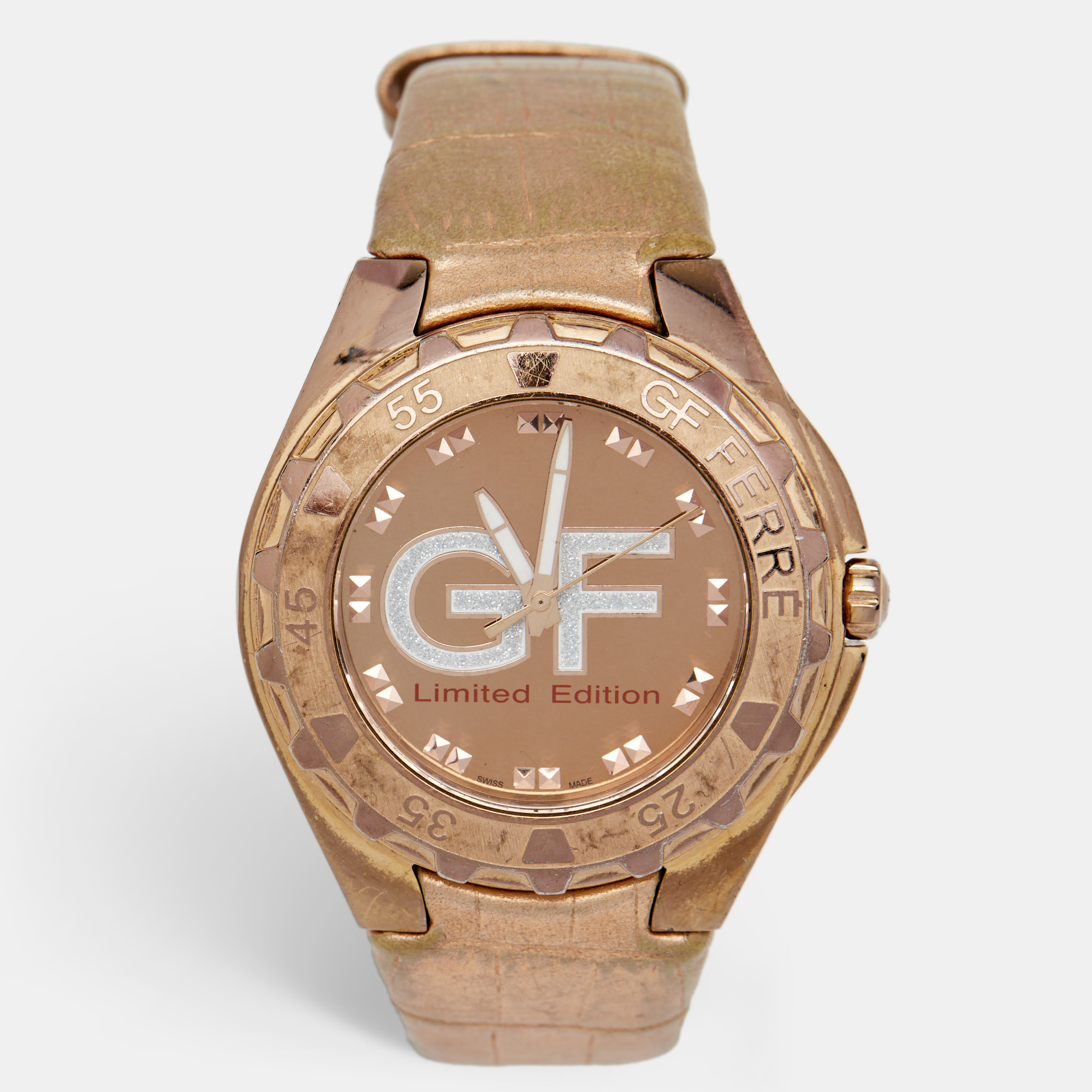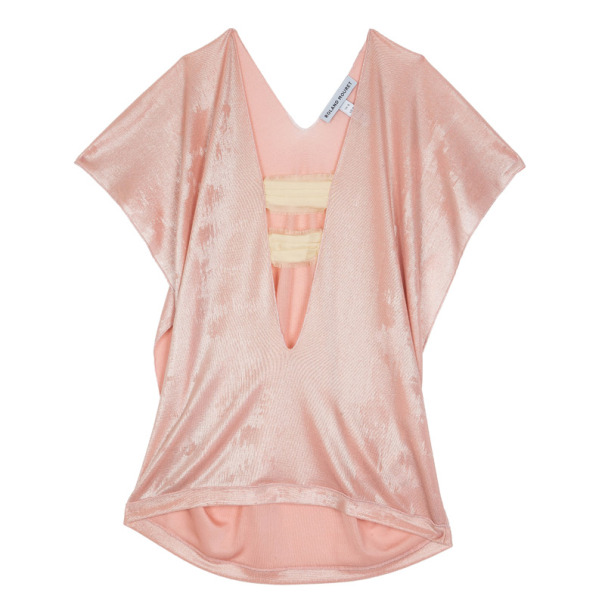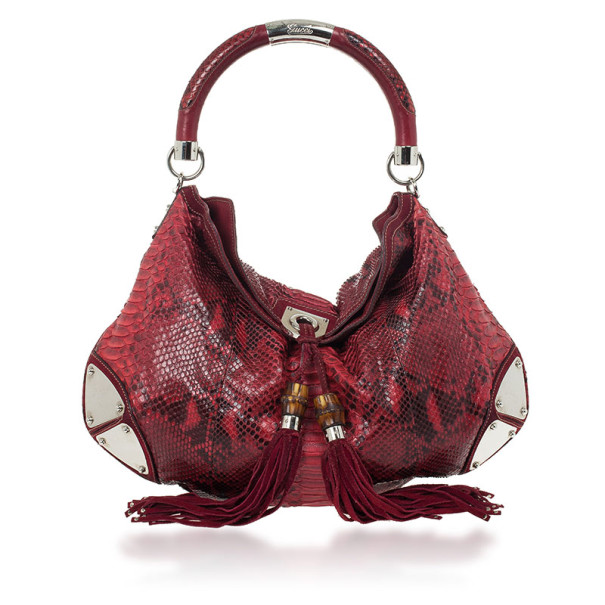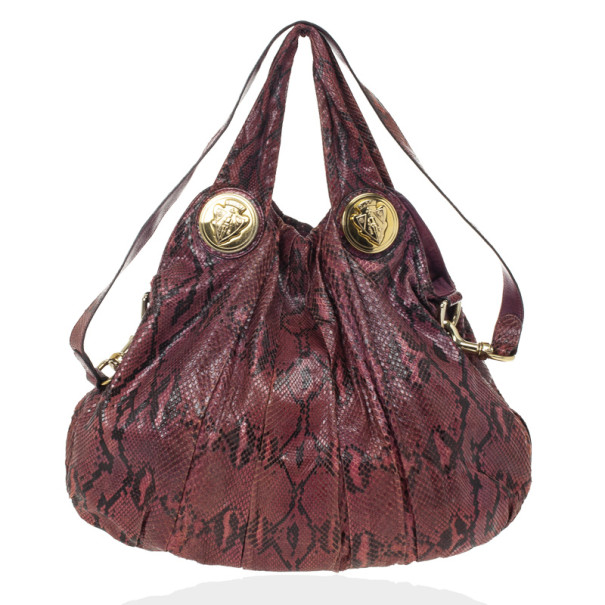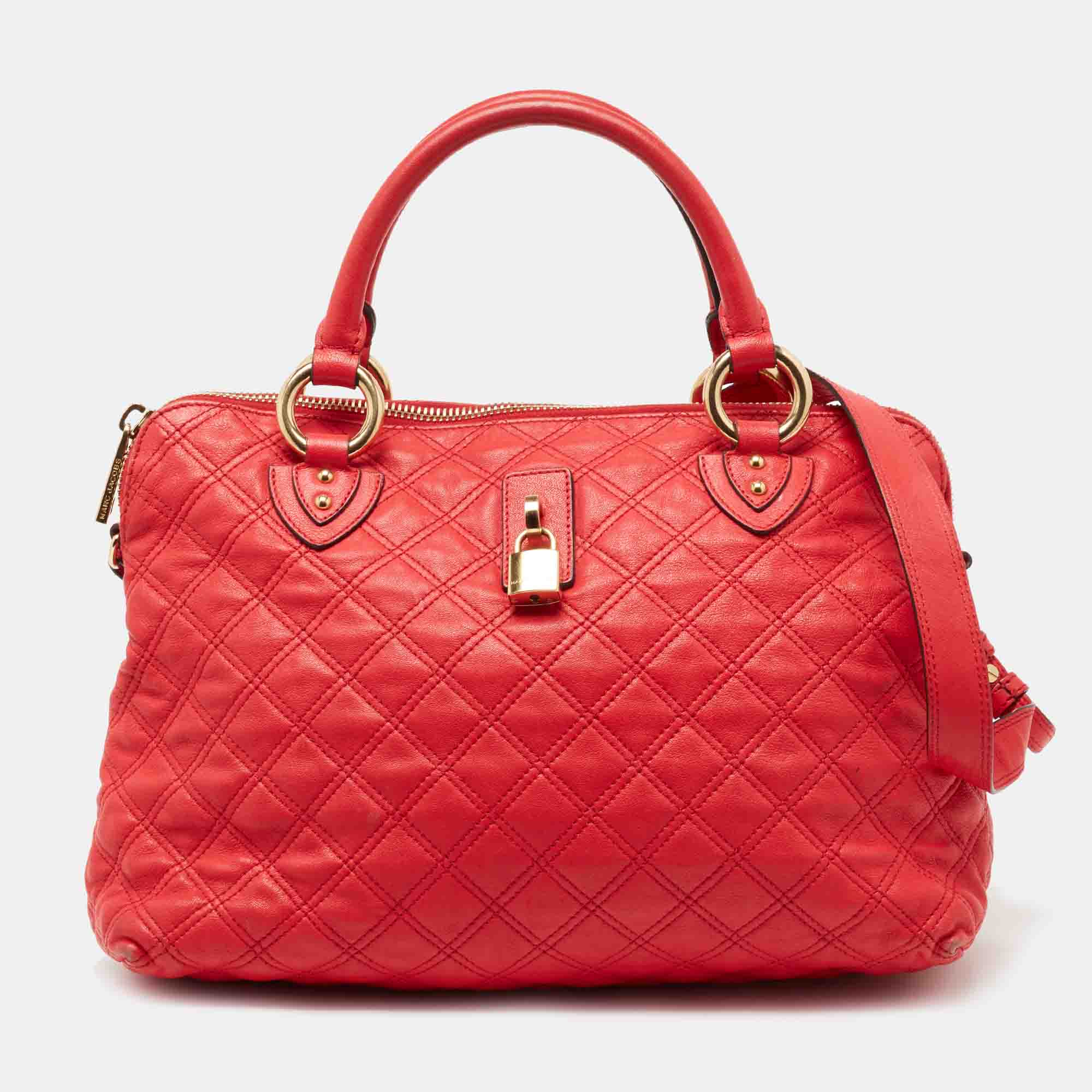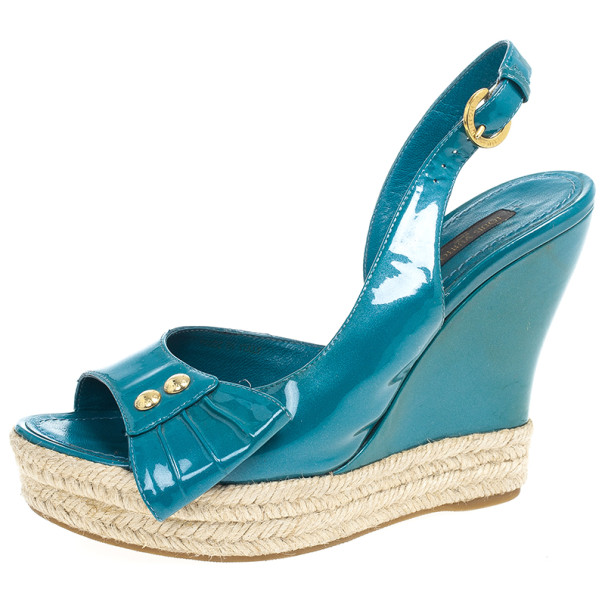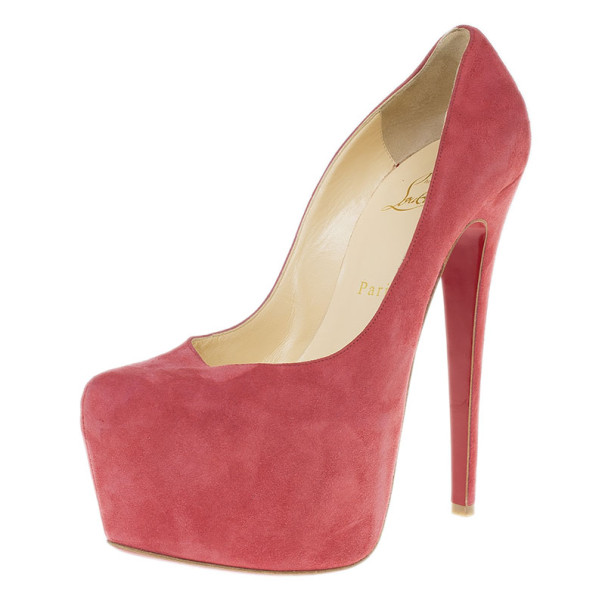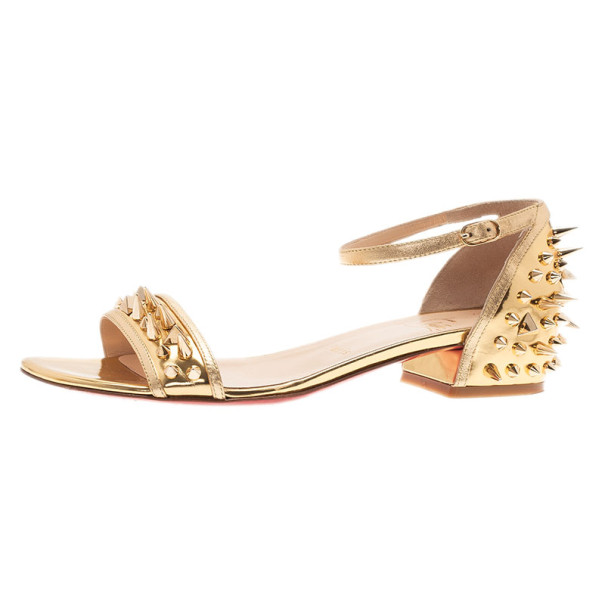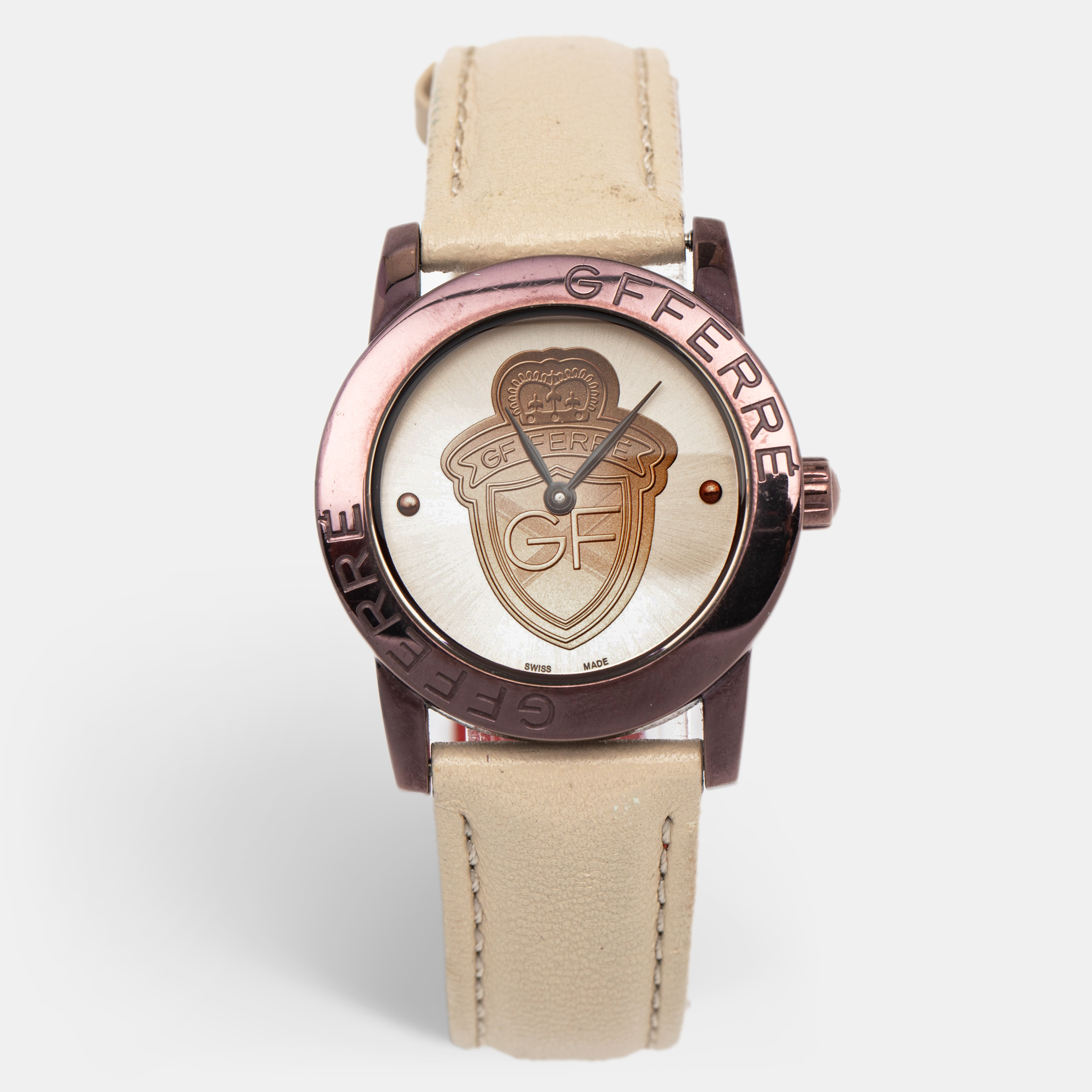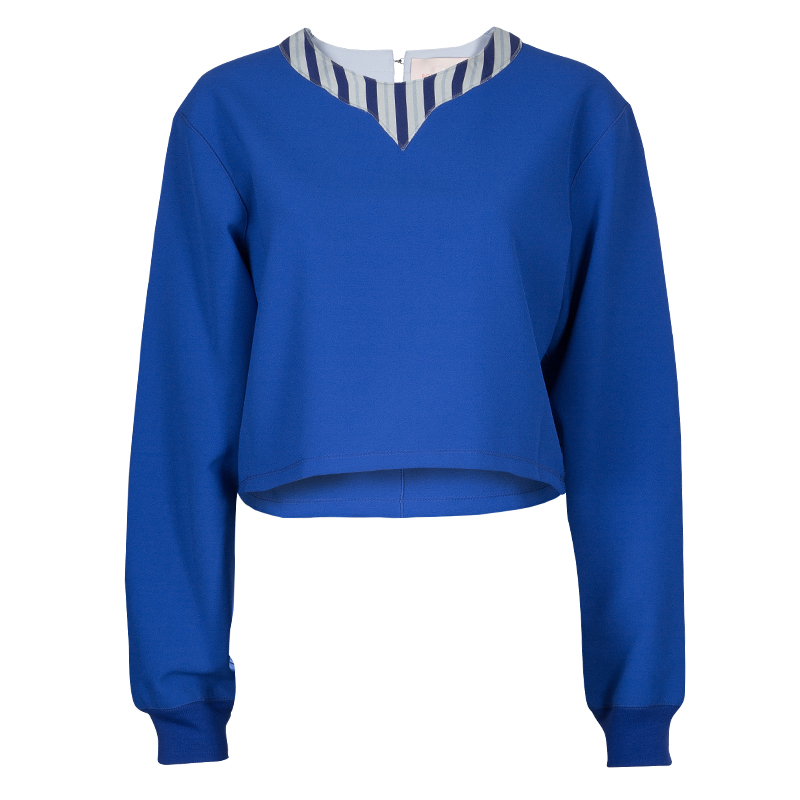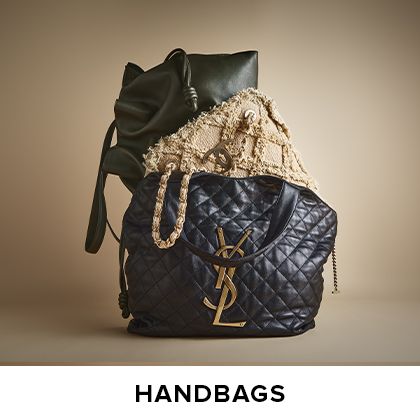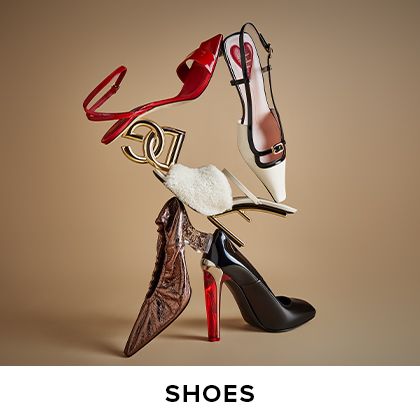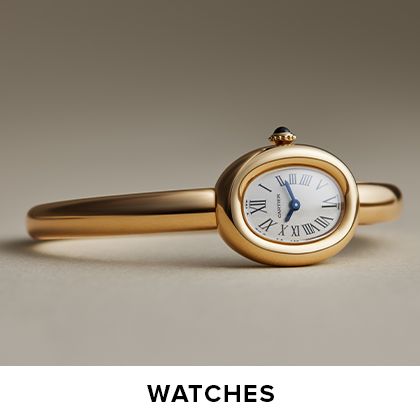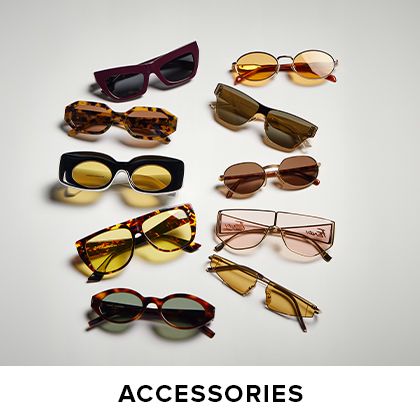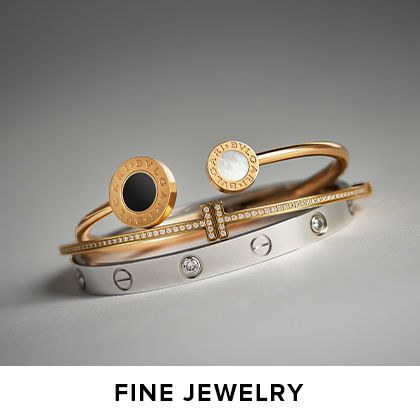Discover the best places, pricing tips, and prep tricks to sell your luxury bags for maximum profit—without stress or scams.
Have you been meaning to sell that designer handbag tucked away in your closet, but keep putting it off? Does it remind you more of art than an accessory? If yes, you’re in the best place and reading the right blog.
If your luxury handbag is more of a display piece than a daily companion and if it is simply gathering dust in your closet, it’s time to make it work for you. Enough of the dilly-dallying, procrastinating, or clinging to that bag out of pure laziness (or sentimentality—we don’t judge).
With that said, selling designer handbags isn’t all glamour. Between market confusion, pricing dilemmas, and the fear of getting scammed, it can feel intimidating.
This guide will walk you through every step of the process, from picking the best resale platform to maximizing your profit: no jargon, no confusion—just real talk and real results. Let’s turn your luxury clutter into cold, hard cash.
But before you start snapping photos and pricing tags, let’s get one thing straight: not all designer bags mean dollars; Only the iconic survive the test of trends when it comes to resale. Some fetch a fortune, while others… well, might be better off staying in your rotation. So how do you know which bags are worth selling?
Top Designer Bag Brands that Fetch the Highest Resale Price in 2025
| Brand | Iconic Models | Why Does It Hold Its Value? |
| Hermès | Birkin, Kelly, Constance | Ultra exclusivity, waitlists, scarcity |
| Chanel | Timeless(Flap), Boy, 2.55 | Timeless classics, frequent price increases |
| Louis Vuitton | Neverfull, Speedy, Pochette | Icon status, enduring demand, global popularity |
| Dior | Lady Dior, Book Tote | Celeb appeal, classic reissues, in-demand styles |
| Goyard | St. Louis Tote | Limited distribution, high demand, scarcity |
| Prada | Re-Edition, Saffiano | Y2K resurges, versatile, durable materials |
| Celine | Luggage Tote, Box Bag | Understated chic, cult following |
| Gucci | Dionysus, Jackie, Marmont | Heritage, trend cycles, logo appeal |
Now that you know which brands and models have the highest resale appeal, it’s time to understand why these bags outperform others in the resale market. It’s not just about logos—factors like condition, documentation, and even current trends play a huge role in determining your final payout.
Recent Sales Examples
To ground the advice in a real-world context, here are three specific examples of recent handbag sales:
Jane Birkin’s Original Hermès Birkin Bag on Sotheby’s (Auction Platform):

- Details: On July 10, 2025, Jane Birkin’s original Hermès Birkin prototype, a black leather bag used from 1985 to 1994, sold for €8.6 million ($10.1 million, including fees) at Sotheby’s Paris auction. The bag, embossed with the initials “J.B.” and featuring a non-removable shoulder strap, sparked a 10-minute bidding war among nine collectors, with a private Japanese collector ultimately winning. The bag’s unique provenance and historical significance drove its record-breaking price, making it the most expensive handbag ever sold at auction.
Chanel Classic Flap Bag on The Luxury Closet:
- Details: A 2021 Chanel Medium Timeless Bag in black caviar leather, excellent condition with original packaging, sold for approximately $6,500 (retail ~$11,300) on The Luxury Closet in early 2025. The platform’s professional photography and authentication process attracted a global buyer, with the seller netting ~$4,875 after a 25% commission.
Louis Vuitton Neverfull on Vestiaire Collective:
- Details: A 2022 Louis Vuitton Neverfull MM in monogram canvas, in near-mint condition with dust bag, sold for approximately $1,800 (retail value: $2,500) on Vestiaire Collective in mid-2024. The seller set the price, and Vestiaire’s authentication post-purchase ensured buyer confidence, with the seller receiving approximately $1,350 after a 25% commission.
Key Factors that Impact Resale Value
- Brand and Rarity: Hermès (Birkin/Kelly), Chanel Flap, and LV Neverfull are the strongest performers due to limited supply, heritage, and constant demand.
- Condition: Like-new, well-kept, and pristine condition bags (no stains, odors, or scratches) always command higher prices. For deeper cleaning or restoration, always use the brand’s official spa or authorized workshops.
- Packaging & Documentation: Original boxes, dust bags, receipts, and authenticity cards can add 15–25% to your payout.
- Current Trends: Colors, size, and style that match current fashion cycles
(mini bags in 2025, for example) perform best.
- Year and Hardware: Newer models or special releases in rare colorways/hardware (like Hermès “Rose Sakura” or Chanel’s seasonal colors) can generate bidding wars.
- Supply & Demand Shifts: Price hikes by brands, celebrity endorsements, and discontinuations spike resale prices.
- Market Channel: Selling on respected, global resale platforms ensures authentication, global reach, and maximum payment security.
Equipped with this knowledge, you’re already ahead of most first-time sellers. But let’s pause and address questions that many luxury owners secretly Google late at night… common dilemmas of luxury resellers:
# 1. Is It Legal to Sell Secondhand Designer Bags?
Pain Point:
Worried if reselling your used designer handbags is legal? Fear of running afoul of counterfeit laws or breaking brand resale restrictions can deter many genuine sellers.
Solution:
- Legality: In most countries, selling authentic, ethically purchased designer bags that you personally own is perfectly legal. For example, in the United States, the First Sale Doctrine grants consumers the right to resell items they have lawfully bought. The same principle underpins many resale markets internationally.
- What’s Not Allowed? Problems only arise if the bag is counterfeit, stolen, or if local law restricts private resale in rare cases. Selling fakes—even by accident—is illegal and carries strict penalties in most regions.
- Best Practices:
- Always verify your bag’s authenticity and keep invoices or certificates if possible.
- Use trusted resale platforms with robust authentication to protect both you and the buyer.
Bag research? Check. Legal clarity? Check. Now comes the hard part—the emotional breakup. Because let’s be honest, selling a designer bag isn’t always just a financial decision—it’s a sentimental one, too.
# 2. Emotionally Attached? Here’s How to Let Go
Pain Point: Parting with high-value bags can be emotional—especially limited editions or gifts.
Solution:
- Ask yourself: Has this bag sparked joy (or sparked a new outfit!) in the last year?
- Remember: Luxury bags are assets. Redeploying them can finance your next dream piece.
- Honor your memories by documenting your bag—photos, stories, or social media posts—so you celebrate the moments, then cash in on the value.
# 3. Not Sure When to Sell? Here’s When
Pain Point:
Uncertainty about timing—should you sell now, wait for a better season, or hold onto your bag for a future price increase? This indecision can lead to missed opportunities or unnecessary procrastination.
Solution:
- Follow Seasonal Market Trends: The resale market for luxury handbags often peaks before major holidays (November–December), fashion week cycles, or anticipated brand price hikes. Track these milestones for maximum demand.
- Monitor Brand News: Rumors or announcements about discontinued models, special collaborations, or limited editions can spike the value of certain bags.
- Use Data, Not Gut Feel: Rely on historical sales data and real-time analytics from major luxury resale platforms (like The Luxury Closet, Fashionphile, or Vestiaire Collective). Many offer market value calculators or live chat with pricing experts—take advantage of them to time your listing for optimal profit.
- Don’t Delay for ‘Perfection’: Waiting for a bag to become vintage or “more rare” could backfire if trends shift or condition worsens. Most bags, especially in pristine shape with packaging, hold the highest value within a couple of years post-launch.
# 4. Where Can You Sell Designer Handbags? Explore Your Options to Find the Best Place
Pain Point:
Choosing the right place and platform is daunting—there are so many options, each with pros and cons. This can trigger indecision, cause sellers to delay, or lead to quick, regretted sales with platforms that don’t align with their priorities.
Solution:
Full-Service Luxury Marketplaces
(Examples: The Luxury Closet, The RealReal)
- Pros: Hassle-free experience; guaranteed authentication; access to a global, trusted buyer audience; professional photography; typically achieves the highest selling prices.
- Cons: Higher commissions (15–40% typical); payout can take longer due to authentication and buyer return windows.
- Best For: Sellers who prioritize ease, trust, and maximum profit over immediate payment.
Hassle-Free But Minus Authentication
(Example: Vinted)
- Pros: No seller fees, easy listing process, buyer-managed shipping, fast payout, and minimal seller involvement.
- Cons: No mandatory authentication, which may impact buyer confidence for high-end luxury bags.
- Best For: Sellers looking for a simple, quick sale, especially for everyday designer items, without commission fees.
DIY General Marketplaces
(Examples: eBay, Poshmark, Vestiaire Collective)
- Pros: Lower fees; control over pricing, photos, and negotiations.
- Cons: Sellers must manage listing, photography, shipping, and negotiations; higher risk of scams, counterfeit issues, and time investment.
- Best For: Experienced sellers comfortable handling all sales aspects and vetting buyers.
Direct-to-Buyer Sales
(Examples: Facebook Marketplace, Instagram)
- Pros: No middleman fees, keep full profits; direct negotiation with buyers.
- Cons: Lower buyer trust; high risk of scams and disputes; sellers handle all communications and logistics.
- Best For: Sellers with an established network or personal brand willing to manage all sales details.
Instant Buyout Programs
- Pros: Immediate payment and quick transaction.
- Cons: Sellers accept significantly reduced prices—up to 40% less than market value.
- Best For: Those needing fast cash and willing to trade profit for speed.
Boutiques & Local Consignment Stores
- Pros: Immediate drop-off and sometimes instant offers; convenient local option.
- Cons: Lowest returns typically; limited buyer pool; less expertise on rare or high-end items.
- Best For: Sellers seeking quick, local transactions without managing online sales.
Where to Sell Designer Bags in 2025: Platform Comparison |
||||
|---|---|---|---|---|
| Platform Type | For Example | Pros | Cons | Best For |
| Full-Service Marketplaces | The Luxury Closet (worldwide- especially Middle East), The RealReal (USA), Fashionphile, | Hassle-free selling with expert support. Authentication, global reach, trust, pro photos | Higher commission (15-40%) | Busy, value-max sellers |
| DIY/General Marketplaces | eBay, Poshmark, Tradesy, Vestiaire Collective (Europe). | Full control, lower fees | More risk, extra work, authenticity concerns | Experienced sellers who can price, photograph, and negotiate |
| Hassle-Free/Quick Sale | Vinted (Europe) | No seller fees, easy shipping, quick payout | No luxury authentication, buyers manage returns | Everyday luxury, hassle-free |
| Direct Sell/Independent | Facebook Marketplace, Instagram, Shopify store | No middleman fee, direct negotiation. | Disputes, low trust, time-consuming | Brand builders |
| Consignment/Thrift Stores | Local luxury consignment shops, thrift boutiques | Fast cash, local | Lowest payouts, small buyer pool, little to no authentication | Quick local sales |
| Instant Buyout Programs | Fashionphile Buyout, select luxury retailers | Immediate payment | Significantly reduced profit | Urgent cash needs |
How to Decide:
- Clarify Your Priorities: Do you want the highest price, the fastest cash, or the least effort?
- Conduct a “Test Pricing” Round: Submit your bag to multiple platforms to see estimated pricing and compare commissions before making a commitment.
- Lean on Reviews and Seller Stories: Read recent feedback about each platform’s payout reliability, authenticity checks, and seller support.
- Want full control over your luxury listings and are comfortable managing photographs, pricing, and shipping? Opt for the DIY space.
- Want your closet detox, just-out-of-sight-out-of-mind kind? Opt for Full-Service Marketplaces like The Luxury Closet.
# 5. The Value Guesswork: “Am I Underselling My Bag?”
Pain Point: Not knowing your bag’s true worth can leave you feeling shortchanged.
Solution:
- Research platform sales by model, year, and condition.
- Use online pricing tools and free expert consultations.
- Factor in condition, packaging, and rarity. Don’t just compare asking prices—check actual sold prices!
Pro Tip: Bags with complete packaging and receipts can net you 15–25% higher payouts.
# 6. The Prep Dilemma: “What If My Bag Isn’t Perfect?”
Pain Point: Flaws, stains, or missing packaging can feel like deal-breakers.
Solution:
- Clean, don’t conceal. For minor scuffs: soft cloth and leather-safe cleaner.
- For deep cleaning, stains, or restoration—always use the brand’s own official spa or workshop (e.g., Hermès Spa, Chanel Care, Louis Vuitton Aftercare) or an authorized service. This protects your investment and supports maximum resale value.
- No original packaging? Relax, just be transparent and highlight craftsmanship and rare features instead.
# 7. “My Photos Don’t Do My Bag Justice!”
Pain Point: Selling platforms are crowded—bad photos mean the bag gets ignored.
Creative Solution:
Take Photos that Sell:
- If you DIY: Use daylight, neutral backgrounds, all angles, and detail shots.
- BUT—if details & lighting overwhelm you, pick platforms like The Luxury Closet. They professionally photograph your item, spotlighting every “wow” feature and ensure global buyers see your piece in its best light.
# 8. Pricing Anguish: “How Do I Set a Price That Sells—But Doesn’t Sell Me Short?”
Pain Point: High prices scare off buyers; low prices = instant regret.
Solution:
- Consult platform experts—many offer transparent, data-driven pricing.
- Agree upfront on price flexibility: can you negotiate, or is it set?
- Remember: If selling on premium platforms, global buyer demand means you’re more likely to get full value, even after commissions.
# 9. Fear of Scams and Selling Headaches
Pain Points: Worrying about returns, fakes, and payment delays.
Solution:
- Use platforms with ironclad authentication and secure payment (e.g., The Luxury Closet). They handle disputes, so you don’t deal with direct buyer drama.
- Payment is released only after buyer satisfaction, removing risk—but be aware of the potential wait (often 15-30 days for final payout).
# 10. “Will I Get Paid Quickly or Wait Forever?”
Pain Point: The anxiety of waiting for funds post-sale.
Solution:
- Know the process upfront: Payouts happen after return windows close—typically months. Some platforms even offer scheduled, predictable payout days.
- For instant cash, some marketplaces offer buyout options (at lower prices).
Biggest Seller Mistakes (and How to Avoid Them)
- Neglecting to Clean or Prep the Bag
- Dirty, neglected bags fetch far less; even minor stains, odors, or missing/broken hardware.
- Solution: Clean thoroughly or invest in the brand’s official spa/workshop or authorized repair service.
- Missing Out on Photos
- Listings with poor or few photos get ignored or returned.
- Solution: Take multiple clear, well-lit images (or use platforms offering pro photography).
- Failing to Research Market Value
- Setting an unrealistic or unresearched price can mean no sale, or regretting a too-low offer.
- Solution: Compare sold (not listed) prices for your bag’s model, year, and condition.
- Ignoring Platform Fees & Payout Timelines
- Overlooking commissions and payout schedules can cause disappointment at the end.
- Solution: Always check each platform’s fee structure and payout process before listing.
- Not Including Packaging & Accessories
- Missing dust bags, boxes, or authenticity cards can result in a payout reduction of up to 25%.
- Solution: Always mention and include original packaging and documents if available.
- Incomplete or Inaccurate Descriptions
- Omitting flaws leads to disputes, returns, and poor ratings.
- Solution: Be upfront about wear, repairs, or flaws with clear descriptions and close-up photos.
- Choosing the Wrong Selling Channel
- Opting for quick cash in local shops often yields the lowest price; DIY sales risk scams.
- Solution: Choose a full-service, trusted platform for the safest, most lucrative sale.
- Not Getting It Authenticated by a Professional
- Trying to sell a bag without proper authentication can raise buyer doubts, cause your listing to be removed from reputable platforms, or even result in the accidental selling of a counterfeit.
- Solution: Always use third-party or platform-provided authentication services. For direct or DIY sales, obtain a certificate of authenticity from a licensed, respected appraiser, and include this in your listing and photos.
Seller Power-Ups: Pro Advice for Maximum Money
- Stay in the style loop: Sell seasonal or hyped styles at their peak.
- Disclose everything: Honesty wins trust (and avoids expensive returns).
- Double down on packaging: Even dust bags or spare tags add to perceived value.
- Track the process: Stay updated with platform notifications—never lose sight (or peace of mind).
The Empowered Seller’s Mindset
You’re not “losing” your bag—you’re capitalizing on your taste and timing. Selling should feel like an upgrade, not a chore!
Take the stress out of selling—focus on platforms that amplify your luxury, minimize your effort, and maximize your payout.
What’s your next move? A bigger closet… or a bigger bank balance? Either way, it all starts by turning those bags into an opportunity—not a burden.
The Creative, No-Compromise Route: The Luxury Closet’s Streamlined Selling Process
Selling with The Luxury Closet isn’t just simple—it’s expertly tailored for those who appreciate ease, efficiency, and elegance. Here’s how it works:
-
Submit Your Item in Seconds
No lengthy forms here. Just head to the “Sell Now“ section on the website or app, choose your brand and category, upload a few clear photos—and that’s it. Your item is instantly submitted for pricing.
-
Instant Quotation
A suggested price is generated right away, based on brand, category, and item condition. No delays. No guesswork.
-
Schedule a Pick-Up or Drop-Off
Depending on your region and seller tier, enjoy free pick-up or in-person drop-off options. VIP clients? Check with your dedicated TLC contact for a more streamlined experience.
-
Authentication, Quality Control & Photos
Once the item arrives, TLC handles multi-point authentication, quality inspection, and professional photography to prepare your item for its grand online debut.
-
Listed Within Hours
No waiting weeks. Most items are live on TLC within just a few hours—ready for global eyes (and wallets).
-
Get Paid Like Clockwork
Once your item sells and the return window closes, your payment is processed in the next payout cycle—typically on the 1st or 15th of each month.
What’s the Best Way in 2025?
If you want ease, speed, security, and premium exposure, The Luxury Closet stands out as a top choice—especially if you want to reach international buyers without lifting a finger.
From free pick-ups to expert authentication and professional listings, TLC turns luxury resale into a concierge-level experience.
Refresh Your Wardrobe the Smart Way — with The Luxury Closet
In 2025, selling your designer handbag isn’t just about freeing up funds — it’s a strategic move toward your next iconic piece. At The Luxury Closet, we make that journey seamless, secure, and surprisingly satisfying.
Why stop at selling? Reinvest.
Here’s how to turn yesterday’s luxury into tomorrow’s favorite:
- Unlock New Possibilities: The proceeds from your sale can go straight into your next dream buy — be it a timeless classic or the latest “It” bag.
- Seller Perks You’ll Love: Enjoy exclusive credits and early access to special offers. Being a seller with TLC comes with its own set of rewards.
- A Friction-Free Experience: With expert authentication, photography, and listings managed for you, both selling and buying become effortless.
- Edit With Purpose: Reinvesting helps you refine your style and keep your collection intentional — no more bags gathering dust.
Ready to turn shelf-sitters into style upgrades?
Start selling on The Luxury Closet today — and reinvest in the pieces you really want. Your next luxury obsession might just be a listing away.
FAQs:
-
Where can I sell my designer handbag for the best price?
You can sell on platforms like The RealReal, Fashionphile, The Luxury Closet, or Vestiaire Collective. They offer authentication, professional photos, and targeted luxury buyers.
-
How do I know if my designer bag will sell?
Bags from iconic brands like Louis Vuitton, Chanel, Hermès, and Gucci tend to sell quickly, especially limited editions or popular styles like the Neverfull, Birkin, or Marmont.
-
Do I need original receipts or dust bags to sell a luxury bag?
While not mandatory, original packaging, receipts, and authenticity cards can increase your bag’s value and buyer confidence.
-
What fees do resale platforms charge?
Most platforms take a commission—typically between 15% to 40%—depending on the platform, brand, and item value.
-
How long does it take to get paid after selling my designer bag?
Timelines vary. Some platforms pay out after the return window closes (10–21 days), while others may delay payment until the item is authenticated and sold, which can take weeks.
-
Can I sell a used designer handbag without authentication?
Yes, but buyers may hesitate. Reputable platforms often authenticate items for you, which boosts trust and the selling price.
-
Is it safe to sell designer bags on Instagram or Facebook?
It can be—but it’s riskier. Always use secure payment methods, verify buyers, and beware of scams. Marketplace groups can work well if moderated.
-
How do I price my designer handbag for resale?
Check the resale value of similar models on major platforms. Consider condition, age, rarity, and brand popularity.
-
What to do if you inherit or receive a designer bag as a gift?
If you inherit or receive a designer bag as a gift and are unsure about its authenticity, do not list it for sale until you’ve had it authenticated. Selling an unknown bag without verifying its legitimacy can lead to legal issues and refund disputes.
-
Do I need to pay taxes on my resale earnings?
In many countries, you may have to pay taxes on profits from selling designer bags—especially if you sell frequently or make substantial income. Occasional personal sales are often tax-free, but regular sellers may need to report all earnings as taxable income. Some resale platforms also report high earnings to tax authorities. Always keep records of your sales and original purchase prices, and check your local tax laws or consult a tax adviser to ensure compliance.
Sources:
theguardian[dot]com/fashion/2025/jul/10/jane-birkins-original-hermes-handbag-sells-for-record-86m-at-paris-auction
ecdb[dot]com/resources/sample-data/retailer/theluxurycloset
onlinelibrary.wiley[dot]com/doi/full/10.1002/cb.2442
vendoo[dot]co/top-selling-items-brands-on-vestiaire-collective-2024


